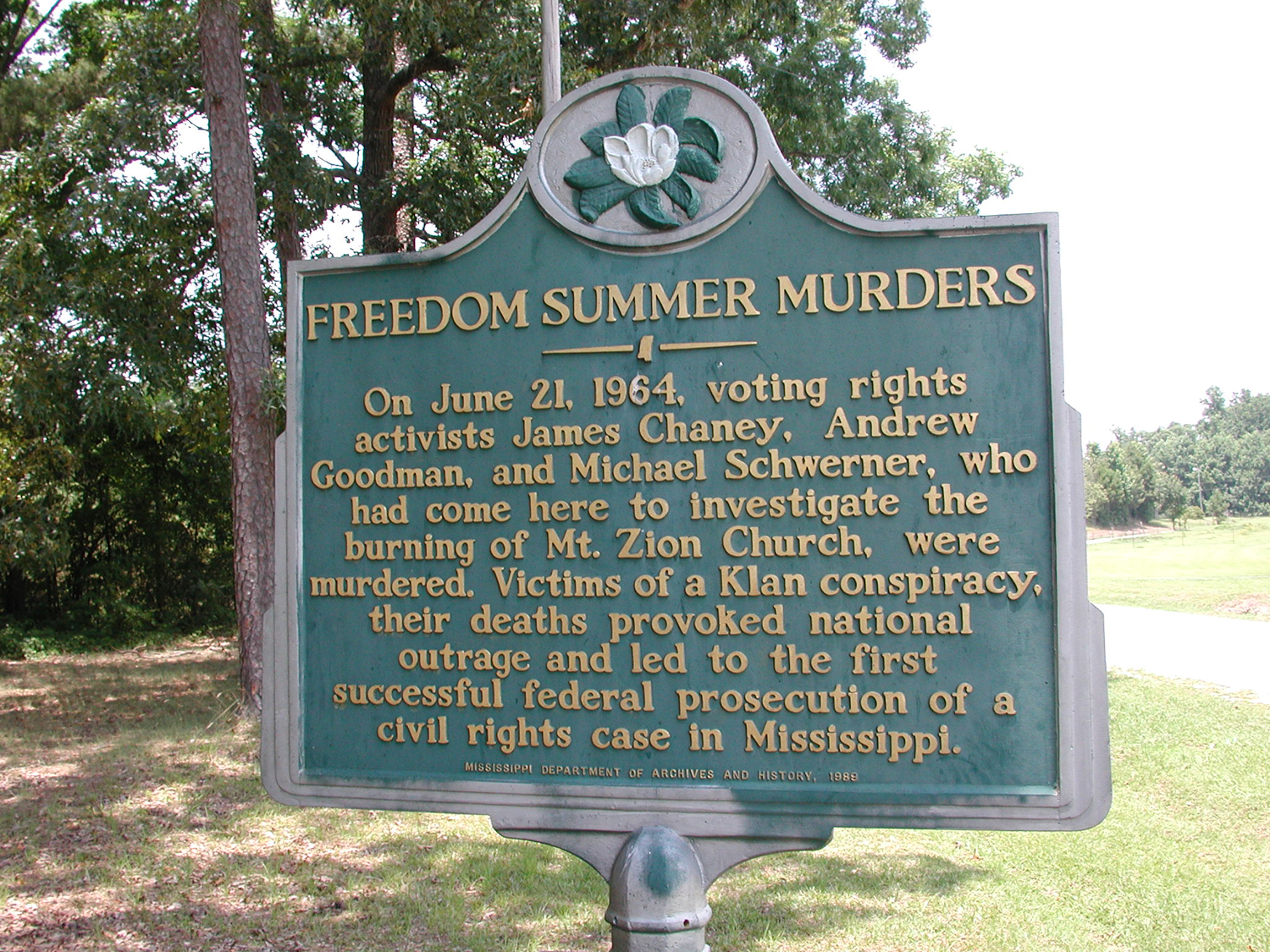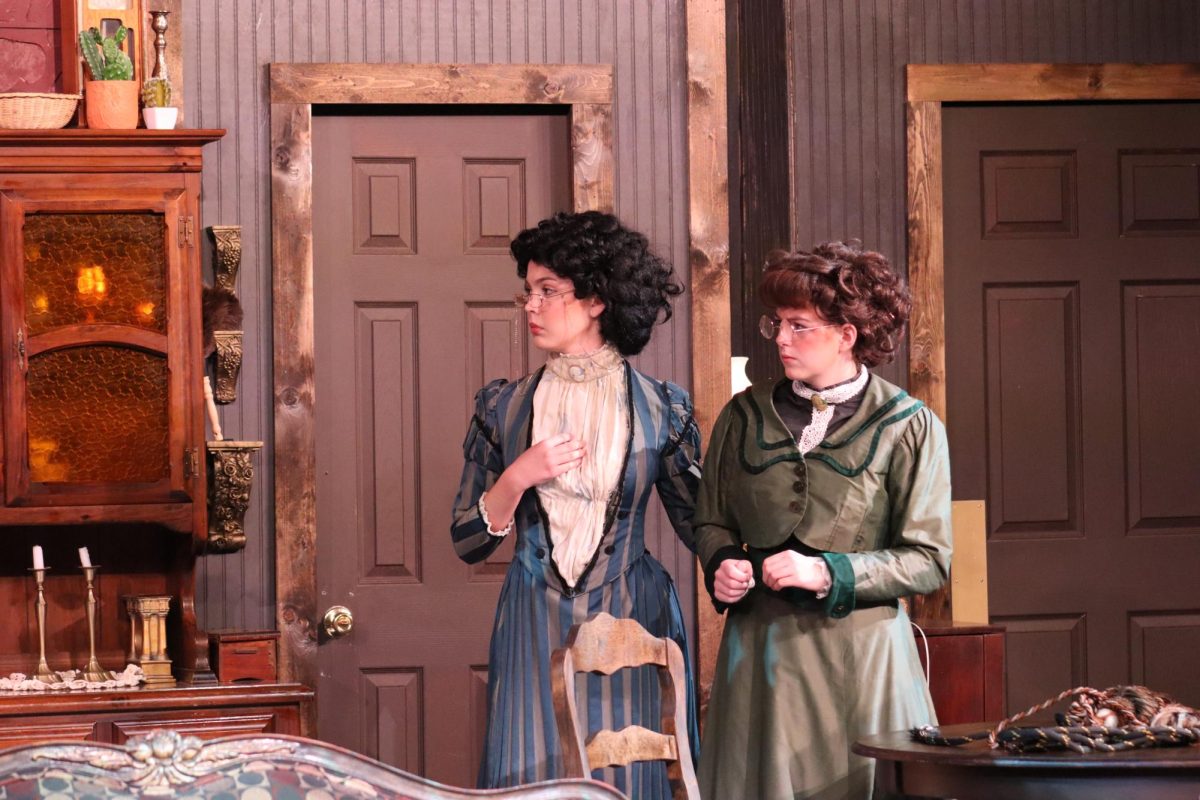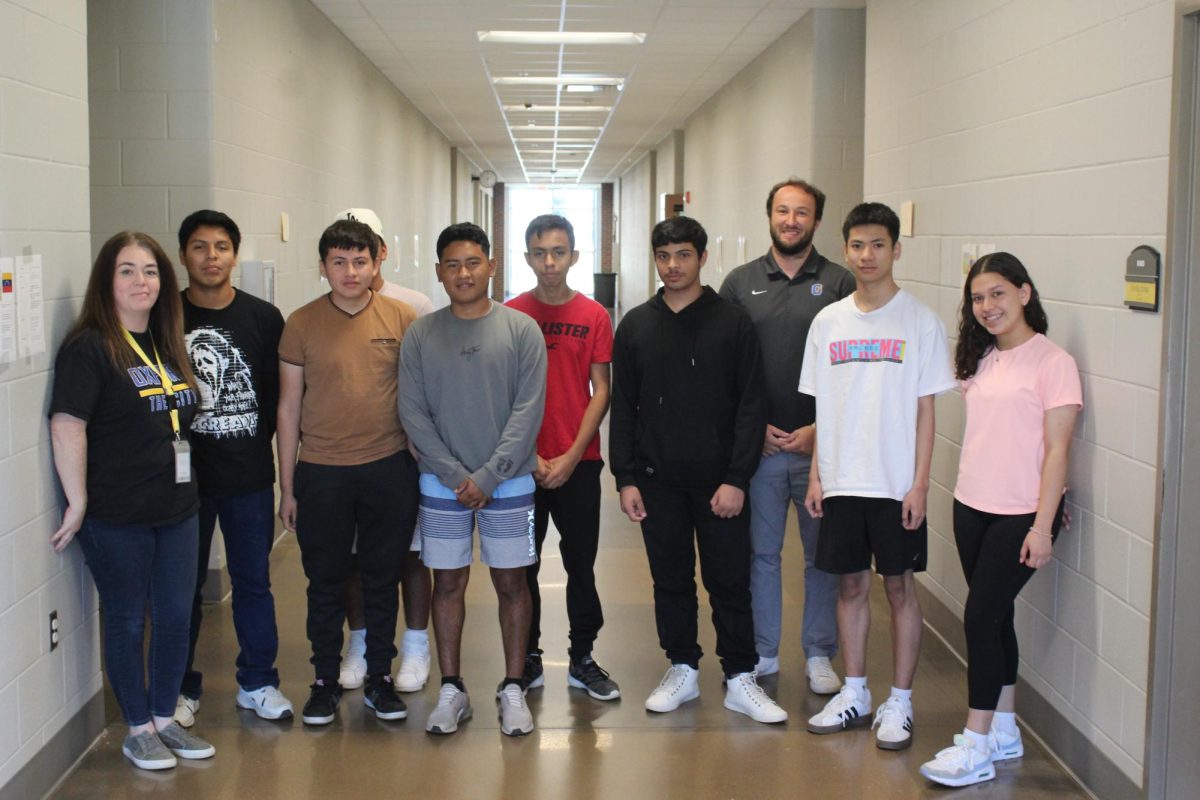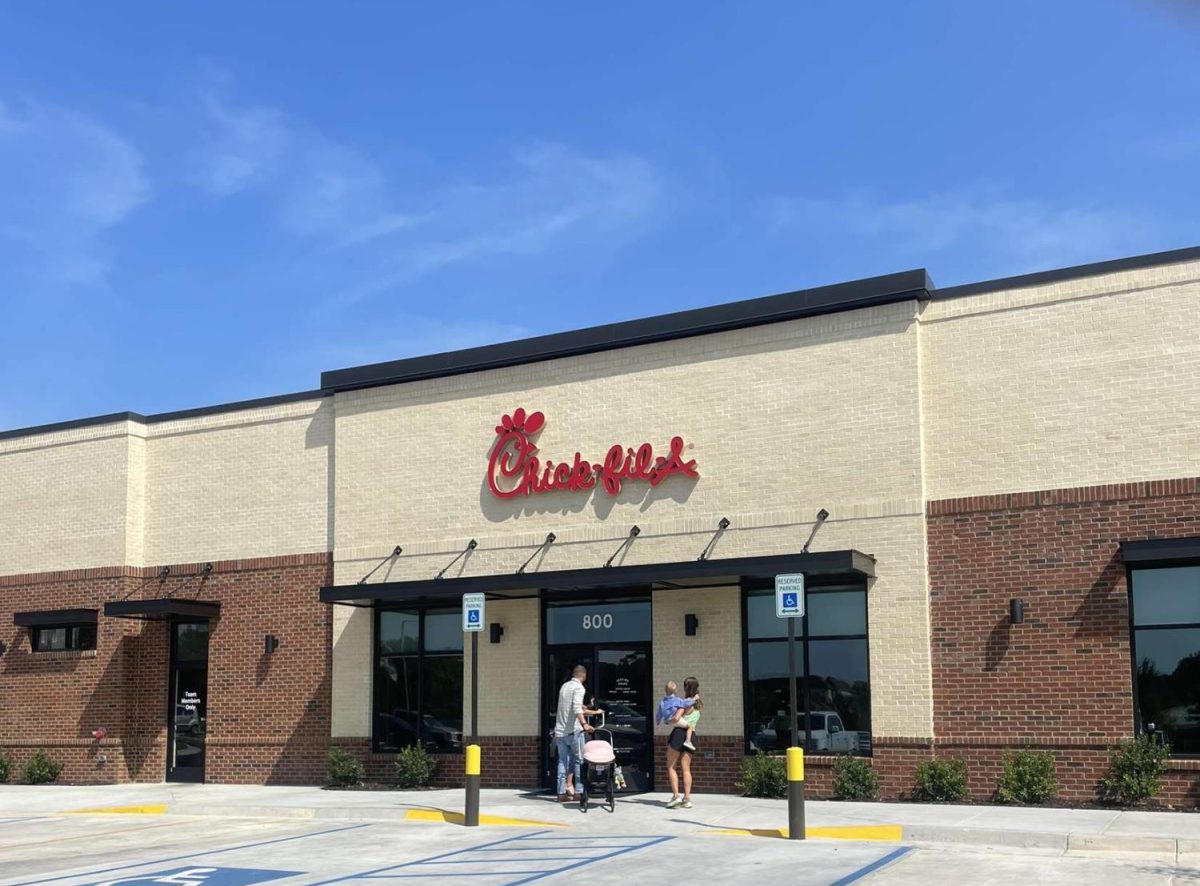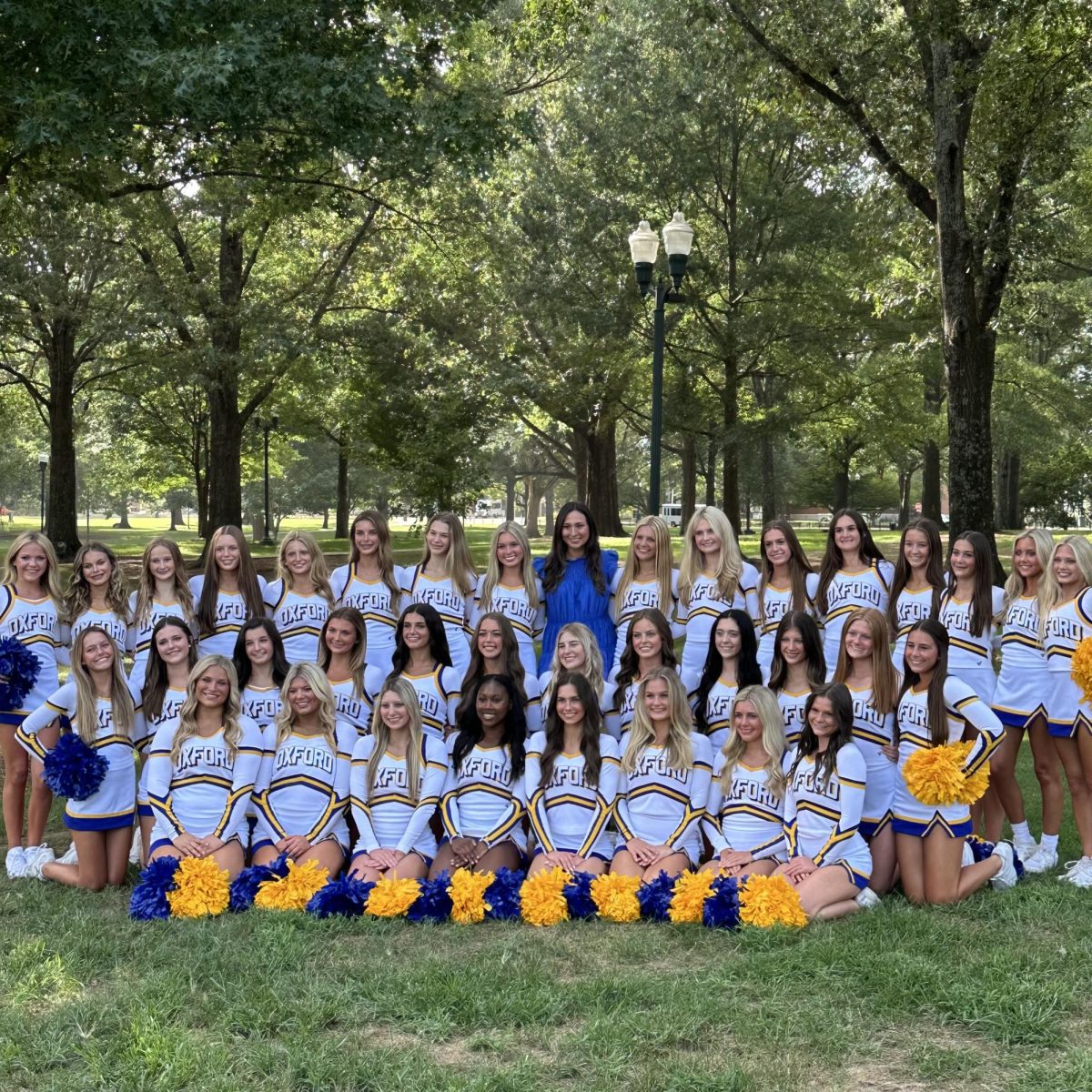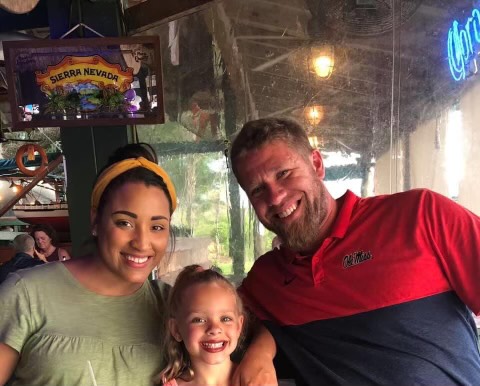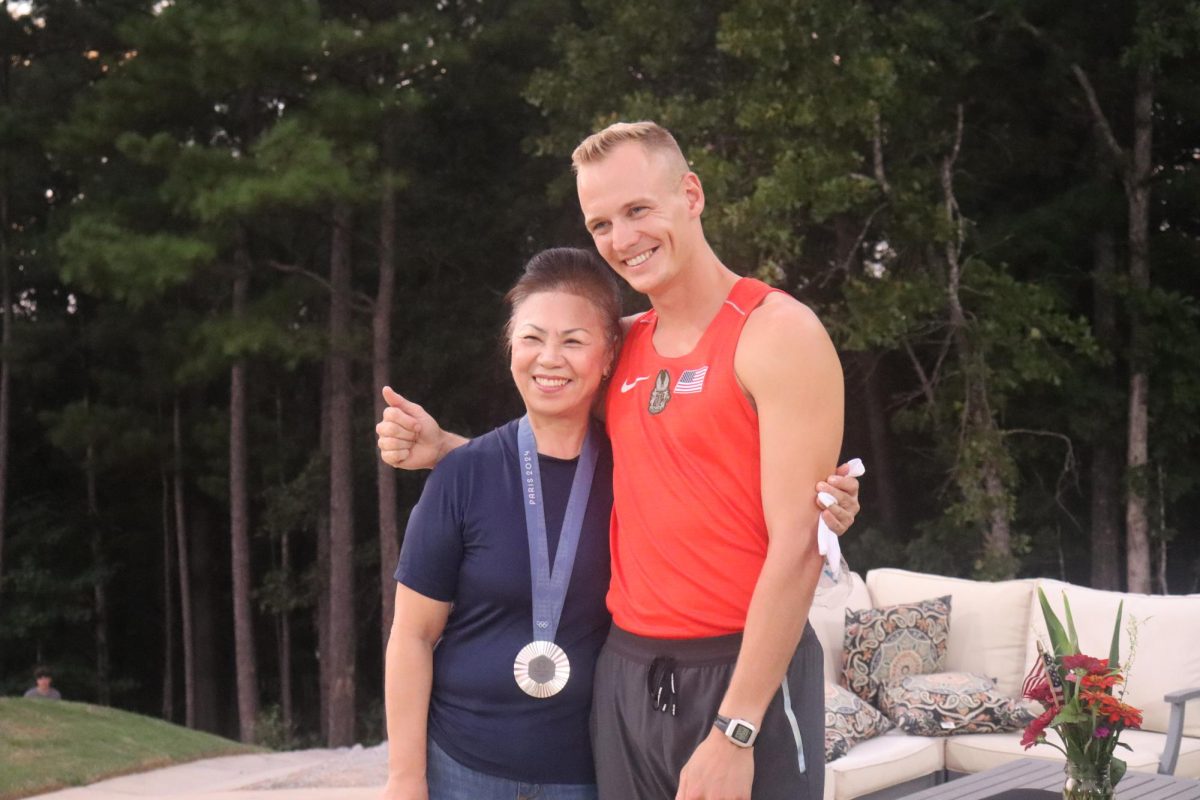2024 is a particularly significant year in the South’s history as it marks the 60th anniversary of the passing of the Civil Rights Act of 1964 and the Mississippi Freedom Summer.
Freedom Summer, or the Mississippi Summer Project, was a 1964 voter registration drive that worked to increase the number of registered black voters in Mississippi. Over 700 mostly white volunteers joined African Americans in Mississippi to fight against discrimination at the polls and other forms of voter intimidation.
According to the MLK Research and Education Institute, “The 1964 Freedom Summer project was designed to draw the nation’s attention to the violent oppression experienced by Mississippi blacks who attempted to exercise their constitutional rights, and to develop a grassroots freedom movement that could be sustained after student activists left Mississippi.”
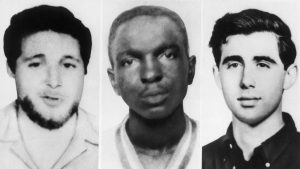
The Mississippi Freedom Summer Murders, also known as the Mississippi Burning Murders, occurred in Philadelphia, Miss. on June 21, 1964.
James Chaney, Andrew Goodman and Michael Schwerner had all been working with the Freedom Summer campaign by attempting to register African Americans in Mississippi to vote before they became victims to this atrocity. They were also all members of the Congress of Racial Equality (CORE).
Schwerner, Goodman and Chaney all visited the remains of the Mt. Zion church which had recently been burned by Klu Klux Klan members on June 21, 1964.
On their drive back from this visit they were pulled over by local law enforcement for speeding. They were driving in an identifiable CORE vehicle a the time.
According to the American Experience, “Chaney, who had been driving, was charged with speeding, while Schwerner and Goodman were held for investigation. Neshoba County sheriff’s deputy Cecil Price escorted them to the Philadelphia jail around 4pm. Despite the fact that the schedule of fines for speeding was posted on the wall, Price said the three men would have to remain in jail until the Justice of the Peace arrived to process the fine.”
Price returned several hours later with no members of the Justice of the Peace and took care of the speeding fine himself. The three were instructed to leave the county until further notice and were never seen alive again after that night.
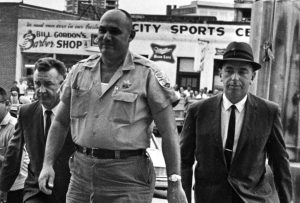
According to the National Archives, “It is believed that 1,062 people were arrested, 80 Freedom Summer workers were beaten, 37 churches were bombed or burned, 30 black homes or businesses were bombed or burned, four civil rights workers were killed, and at least three Mississippi African Americans were murdered because of their involvement in this movement.”
While the Freedom Summer Murders were an extremely significant event in the Civil Rights Movement, this was one of many atrocities that the Klu Klux Klan committed during this era.
According to the American Experience, “Over the course of the summer of 1964, members of the Klan burned 20 black Mississippi churches.”
To make matters worse, it took 41 years for someone to be charged for this crime.
According to the U.S. Department of Justice, “In 2005, Mississippi Attorney General Hood and Neshoba County District Attorney Mark Duncan convicted Edgar Ray Killen of state manslaughter charges in Mississippi v. Killen.”
OHS AP U.S. History teacher, Dr. Stella Lindsey, covers the Civil Rights movement in many of her classes. When reflecting on the Freedom Summer Murders, many find it imperative to recognize the reputation it gives Mississippi and how it affects the legacy of the South.
“The legacies are both negative and positive. There remains a lasting stain on the South as a place of racial violence and oppression which the region continues to grapple with today,” Lindsey said. “On the other hand, there is a legacy of agency and empowerment for African Americans. The South was the epicenter of the Civil Rights Movement, facilitated by local people who demanded radical changes that protect the rights of all Americans.”
When examining how this event has affected the state of Mississippi long-term, it must be recognized that race relations have been deeply integrated into the South’s history for a very long time.
“I think it’s important to recognize the fight for civil rights in the black community has been ongoing for almost 400 years –from the time the first slaves arrived in the colonies to the present day,” Lindsey said. “There has never been a time in our nation’s history when there was not a struggle for rights and freedom being waged by African Americans.”

With classes such as AP African American Studies being banned in certain southern public schools, many have found that is more important than ever for history classes to address and analyze events from the Civil Rights movement, such as the 1964 Freedom Summer.
“We see and understand the world through our own experiences, our own history, which limits our ability to empathize with others,” Lindsey said. “Studying the past—both positive and negative – broadens our perspectives and builds an appreciation for the experiences of different groups in society and in the world.”
According to African American Harvard University researcher Donald Yacovone, “High school textbooks mostly focused on national politics. Because African Americans were underrepresented in that arena, their stories were often left out.”
Looking back on the Mississippi Freedom Summer Murders, one can see how much progress has been made in 60 years. Despite this immense progress, there is still a great deal of work to be done in eradicating racial prejudice and discrimination in the South. The Civil Rights Movement was deeply complex and had a vast effect on the evolvement of race relations in the South.
“The Civil Rights Movement is best understood as a movement of thousands of acts of resistance committed over hundreds of years –often by average Americans—which reached a critcal turning point in the 1960s and continues today,” Lindsey said. “We all benefit from the determination and sacrifices of those who participated in the movement.”



